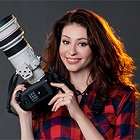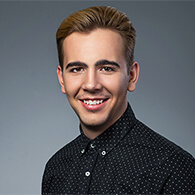Best Lens for Canon 80d

What Is the Best Lens for Canon 80D?
The Canon EOS 80D is Canon's best APS-C camera for wildlife and landscape photography. I like its touchscreen monitor that’s also fully articulating as well that is a nice feature for vlogging.
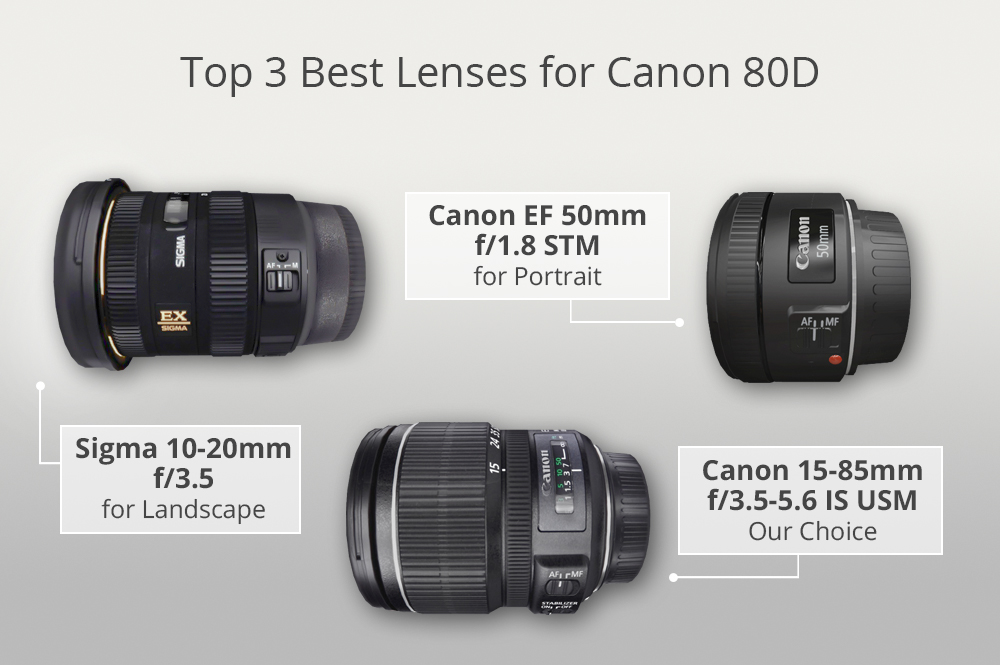
The photographs and video recording qualities are great so far. The kit lens 18-135mm is good but not ideal so I highly recommend to choose of the following 10 lenses for Canon 80D.
Best Lens for Canon 80D in 2025:
1. Canon 15-85mm f/3.5-5.6 IS USM
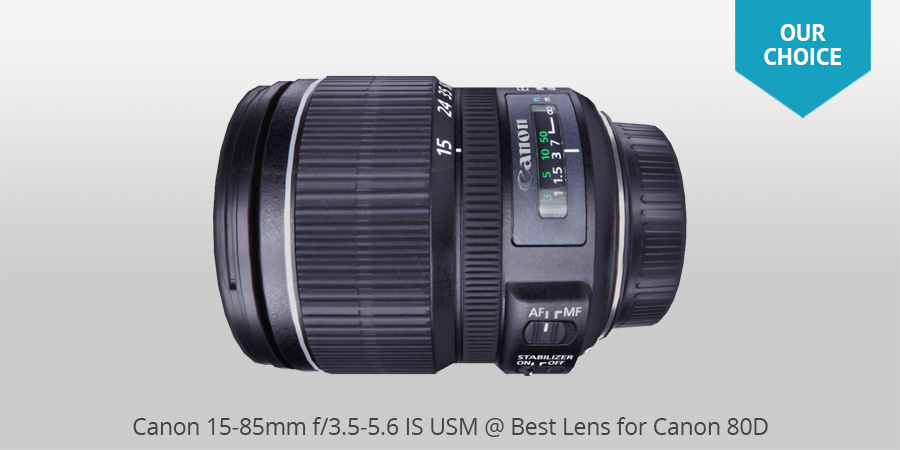
This Canon 80D lens is a great option for photographers looking for a high-performance standard zoom lens. Let’s imagine, I’ve been looking for the optics "for all occasions" for a long time and I don’t want to carry the whole camera backpack with me. It must be suitable for landscapes and architecture that I see while traveling.
These are the things for which I usually need a bit wider angle. The choice eventually fell on EF-S 15-85mm f/3.5-5.6 IS USM. The model provides a wide shooting angle. Besides, it is well-built. There is no backlash. Autofocus is very accurate. The color rendition and naturalness of the picture are at a decent level.
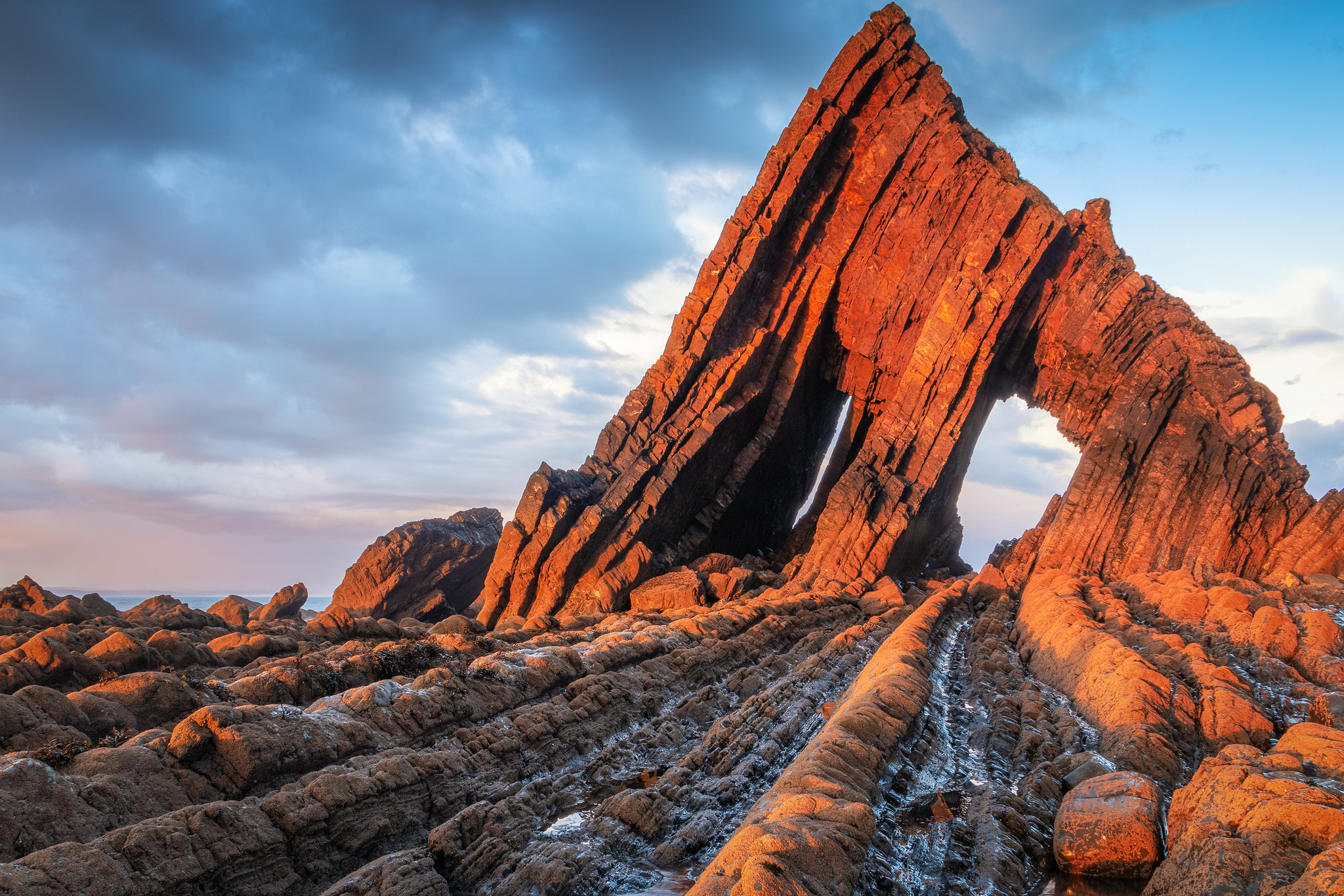 Photo by Canon 80D
Photo by Canon 80D
It is also rather universal in operation. Canon 80D 18-135mm lens has a built-in IS image stabilizer that can significantly reduce the image blur caused by camera shake during shooting. The lens allows you to take great pictures in low light. It is possible due to a 4-step image stabilizer. It automatically recognizes wiring and tripod shooting, respectively responding and helping photographers to get clear images in any situation.
- Read more about the best lens for wedding photography.
2. Canon 10-18mm f/4-5.6 IS STM
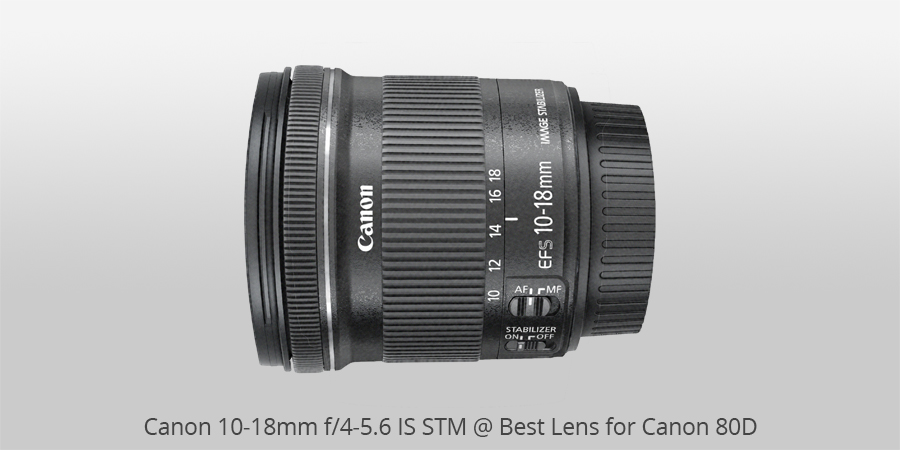
This is one of the best lenses for Canon 80D photography that is suitable for photo and video shooting as well. A small size, excellent quality, optical stabilizer, new technologies (silent STM drive) and a very pleasant price are wonderfully combined in it. The ultra-wide view angle of this zoom lens allows you to fit more details into the frame. It adds expressiveness to the landscapes, city and sky panoramas, as well as allows you to take great pictures of interiors and architectural objects in a limited space.
This model has only few drawbacks. Small geometric distortions in the wide-angle position which is not so critical for this type of lenses. In terms of image quality, even at an open f/4.5 aperture and a focal length of 10 mm the lens demonstrates remarkable sharpness over almost the entire field of the frame.
 Photo by Canon 80D
Photo by Canon 80D
Besides, the focal length of 10 mm allows you to put everything you want into the frame. As for me, I love to shoot architecture with this lens. You can stand to the object as close as possible. I like the stabilizer that allows you to take sharp photos even without a DSLR tripod. It works in the backlight perfectly. The focus is soft and smooth, and the pictures are rich in colors, sharp and detailed.
- View more about the best lenses for newborn photography from Canon.
3. Canon 17-55mm f/2.8 IS USM
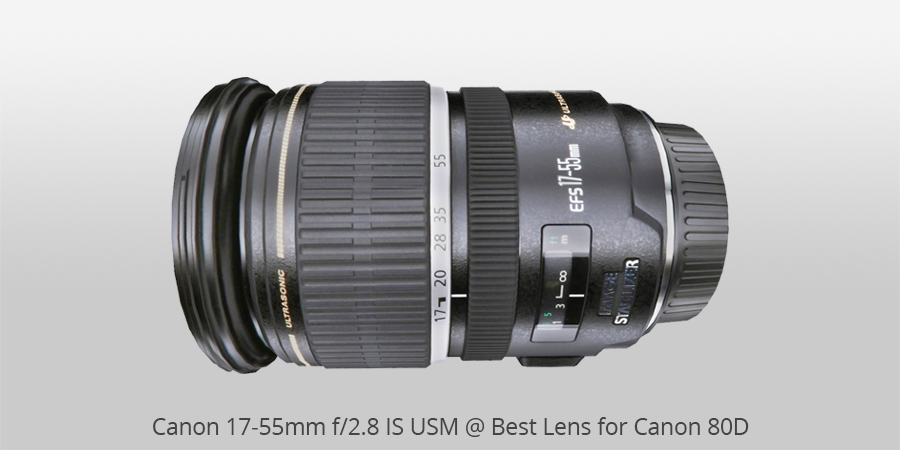
This is a high-quality, high-aperture zoom lens for APS-C cameras. I think this model of Canon 80D lenses was created primarily for landscape photographers. It can produce high detail images, beautiful artistic bokeh and confident shooting in low light conditions thanks to f/2.8 lens speed and optical stabilizer.
This is one of the best lenses for Canon 80D that has fast and silent autofocus, which has never let me down. Every time I go on a trip or plan to do portrait photography, I always take this lens. Canon’s latest three-stage image stabilizer reduces the blurring caused by camera shake. A motor with a constant torque moves the focusing group of lenses at high speed and stops it exactly at the moment it reaches the desired focus point. This results in the correct focus on the object from the first attempt.
 Photo by Canon 80D
Photo by Canon 80D
Fully manual focusing is also possible. Moreover, you may use it without switching the lens from autofocus mode: to do this, simply turn the focus ring.
- Read this review and choose the best lens for product photography.
4. Canon EF 50mm f/1.8 STM
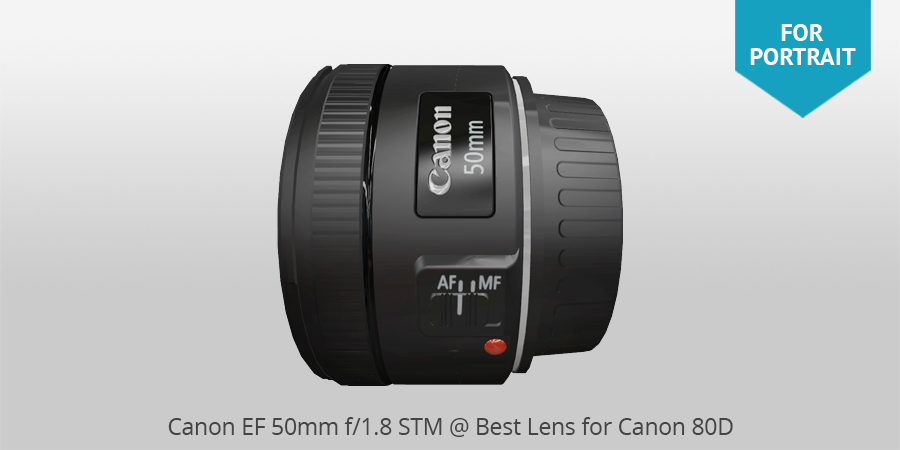
This is one of the best Canon 80D lenses for amateur photographers. It is very compact. At the same time, it provides an incredible sharpness of the image which I did not expect from a budget-class model. It demonstrates high performance with the open aperture. The developers also managed to minimize all possible distortions: chromatic and spherical aberration, annoying highlights and glare. They are present in small quantities but absolutely do not prevent from getting a quality result.
Vignetting disappears at the aperture up to f/4. It seems to me, that the STM stepper drive has benefited from both accuracy and focusing speed. In addition, now when you shoot videos, there is the possibility to work with smooth autofocus. Although the manual focus ring has become electronic. It is as comfortable as a mechanical one. Perhaps, the most controversial characteristic is its bokeh. It is quite harsh with contrasting glares.
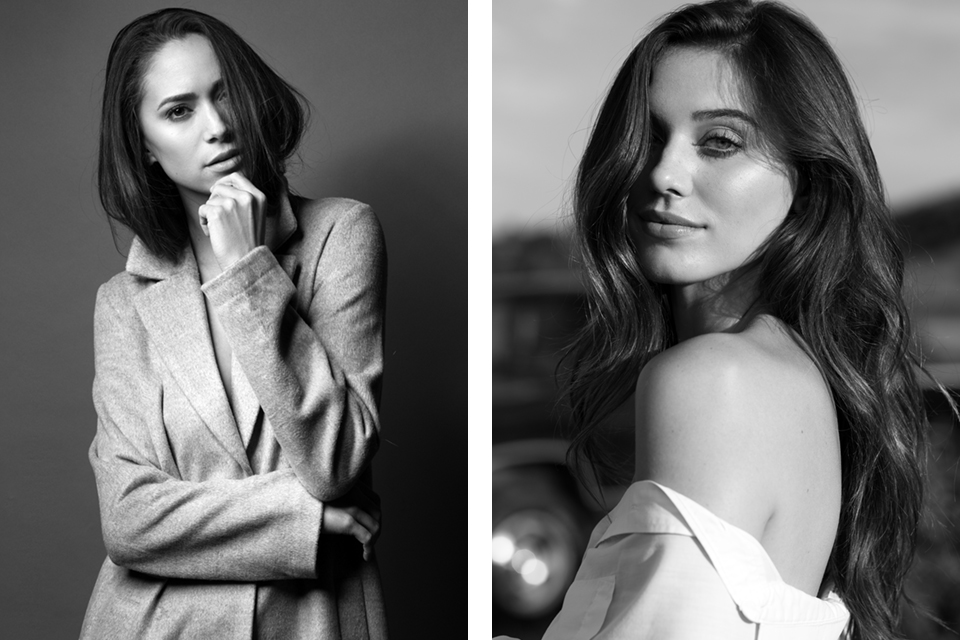 Photo by Canon 80D
Photo by Canon 80D
In general, I may call this model the best lens for Canon 80D with a wide aperture to take high-quality portraits and photos in low light.
- Read more about the Canon wedding lens you can buy for affordable price.
5. Canon 24mm f/2.8 STM
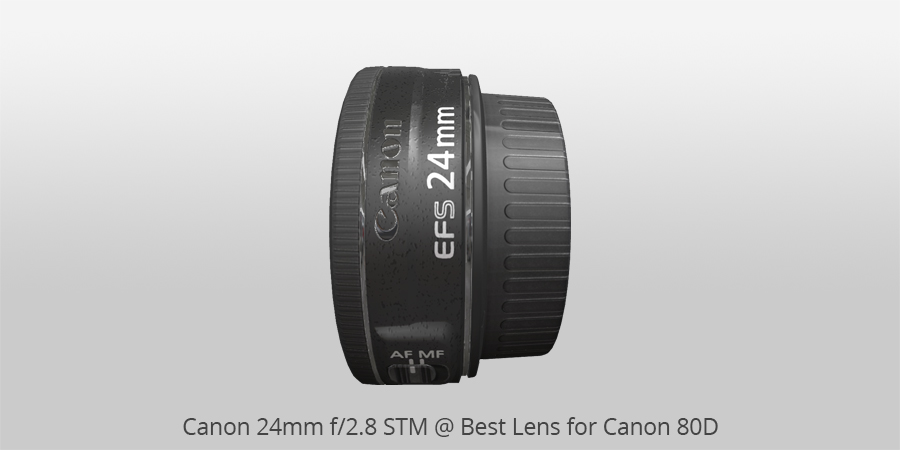
This portable lens is ideal for traveling and outdoor portrait photography. The first characteristic that will surprise you is its inconspicuous dimensions. This is one of the best lenses for Canon 80D that is remarkably thin (just 2.75 inches) and weighs less than five ounces. Outdoor photographers who want a wider angle will be pleasantly surprised how the profile of this lens is hidden. Even a large camera body seems smaller and almost unnoticeable.
In addition to the external compactness, the STM (stepper motor) makes autofocus faster and rather quiet compared to the USM (ultrasonic motor), which is used on other lenses. It conveys the texture very precisely. The colors are deep and natural.
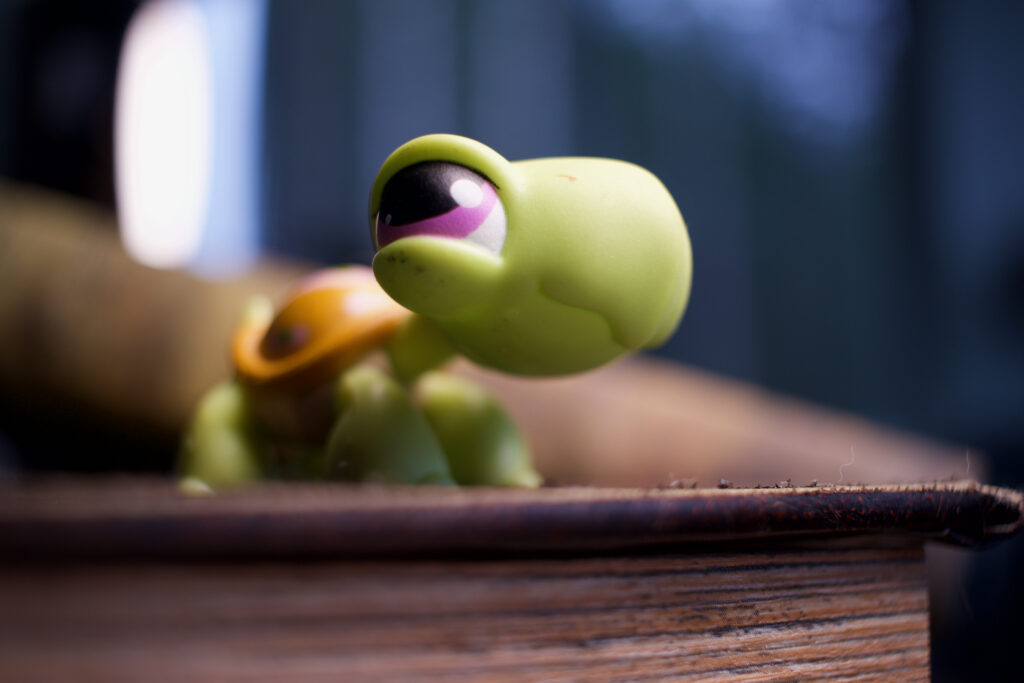 Photo by Canon 80D
Photo by Canon 80D
My personal experience with this lens is very positive. I was pleasantly surprised that the 24mm pancake-lens is designed very well, taking very clear and accurate photographs on the entire aperture range.
- Read my review of the best lens for portraits for Canon.
6. Canon 55-250mm f/4-5.6 IS STM
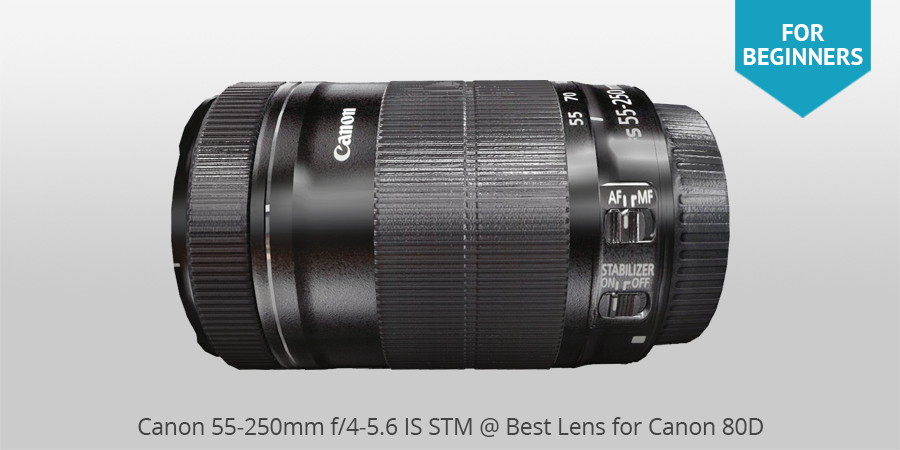
This Canon wildlife lens on a budget is just a gift to photographers. Focal length is convenient and I use it for shooting holidays outdoors and in large rooms. You get very decent picture quality even at maximum focal lengths. In the studio, its small lens speed is enough to realize many creative ideas.
 Photo by Canon 80D
Photo by Canon 80D
In 55-250mm it worked almost as reliably as in 70-300mm. I did not feel significant differences. The lens focused slower than the 70-300 which is famous for its speed. But it didn’t lag as it happens with my 18-200.
The sharpness is high, the contrast is good. This is the best lens for Canon 80D that I recommend for beginners and photographers with a limited budget.
- View more about the best lenses for family portraits.
7. Canon 18-135 mm f/3.5-5.6 IS USM
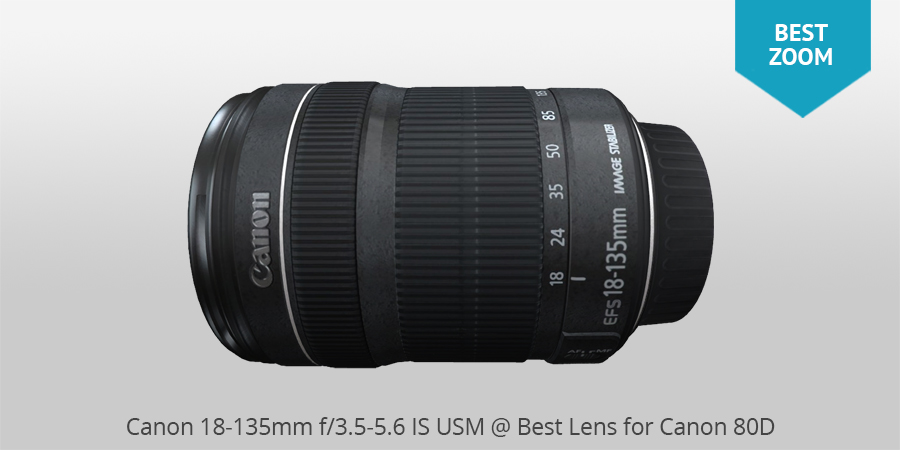
If you are looking for the best lens for Canon 80D for all occasions, try this one. I travel a lot and have no interest in carrying several lenses to take photos and record videos. So, this model always helps me out. Thanks to its convenient wide focal length range, it is suitable for almost all genres. New autofocus actuator Nano USM is very fast while shooting and boasts great smoothness in the process of video recording.
Moreover, one more useful is the possibility to connect the servo unit adapter PZ-E1. It justifies the declared four exposure stages while shooting hand-held. This lens for Canon 80D has a good sharpness for a zoom with an open aperture and shows great results while single-ratio aperturing.
 Photo by Canon 80D
Photo by Canon 80D
Low level of chromatic aberration and sufficient flare protection belong to its benefits. However, in the telo position, you will see a slight contrast decrease while shooting in harsh backlight. The lens bokeh is not very “correct” but I use it to blur the low contrasting background making it beautiful and artistic.
- Read my post about the best lenses for real estate photography at any price tag.
8. Sigma 10-20 mm f/3.5
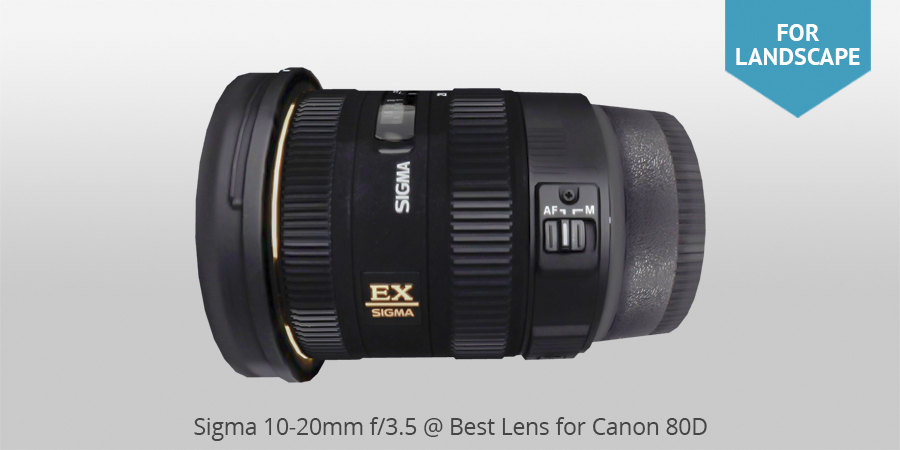
This Canon 80D lens offers quick wide-angle zoom developed for APS-C format digital SLRs. It covers a focal range of 15-30 mm. Thanks to F3.5 aperture throughout the entire zoom range, the 10-20 mm F 3.5 shows great functionality in poor light. The model is really user-friendly. Continuous aperture ratio helps out in the conditions of low lighting.
I took this lens to photograph landscapes and group images. Having tested it, I saw the image was only slightly unclear with f3.5. Besides, sharpness is observed at all edges with f4. The device is perfect for shooting people if you’re not going to locate them at the edges.
 Photo by Canon 80D
Photo by Canon 80D
In the hands of a skillful shooter, it creates great night landscapes. In general, you get a good qualitative product, appropriate both for interior shooting with future reproduction on the digital offset (I have personally taken such a shot with this lens) and during trips.
- Read more about cheap Canon cameras you can use in any light.
9. Canon 70-300 mm f/4-5.6 IS USM
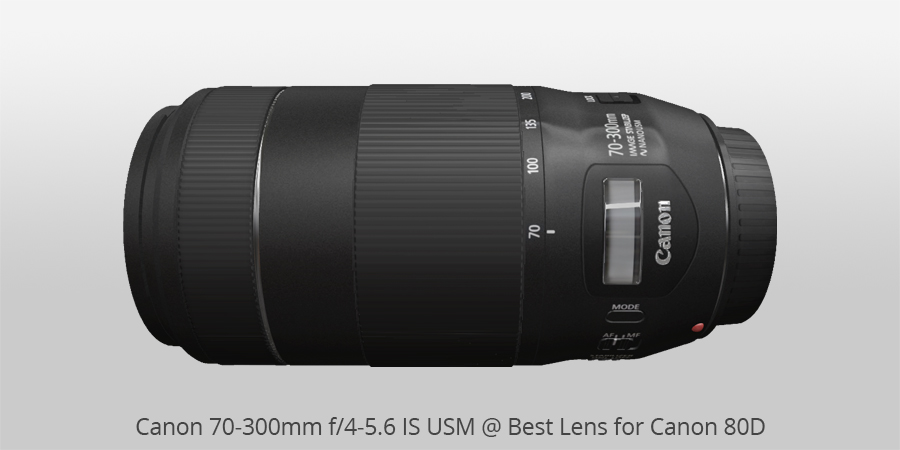
Among all Canon EOS 80D lenses this one has a durable and compact body. The model shows great functionality, universal zoom range and perfect picture quality. In many cases, it allows shooting with an open aperture only sometimes using f/8 values to enhance sharpness.
It’s also a leader in terms of autofocus speed, especially while shooting dynamic scenes. I choose this lens among other lenses for Canon 80D to shoot sports events or in case of reportage photography.
The lens stabilizer easily performs the declared three stages of optical exposure. Still, pay attention to the fact that although the stabilizer is quiet, it is not silent. So, when I record videos, I use a camera microphone and it is slightly heard.
 Photo by Canon 80D
Photo by Canon 80D
However, the stabilizer allows almost completely getting rid of unpleasant image tremor while video recording. It is a handy option for videographers. I also like a smooth and soft bokeh which this lens offers. The Canon EF 70-300mm f/4-5.6 IS USM is quite good at managing backlight and there are no light spots during the usage period.
10. Sigma 35mm f/1.4

The wide-angle lens with a fixed focus distance equal to 35 mm and aperture allows having a small sharpness depth. Moreover, a silent ultrasound autofocus drive HSM provides sharpness exactly on the chosen object. Having taken the lens in hands, you feel that it is an integral qualitative product. But it is not dust and water resistant.
The focus speed is higher than some Canon 80D lenses offer but I can’t name it fast. Unfortunately, in real shooting conditions, I was very disappointed with a number of focus drawbacks and slow focus in insufficient lighting. Of course, there are no problems in good light.
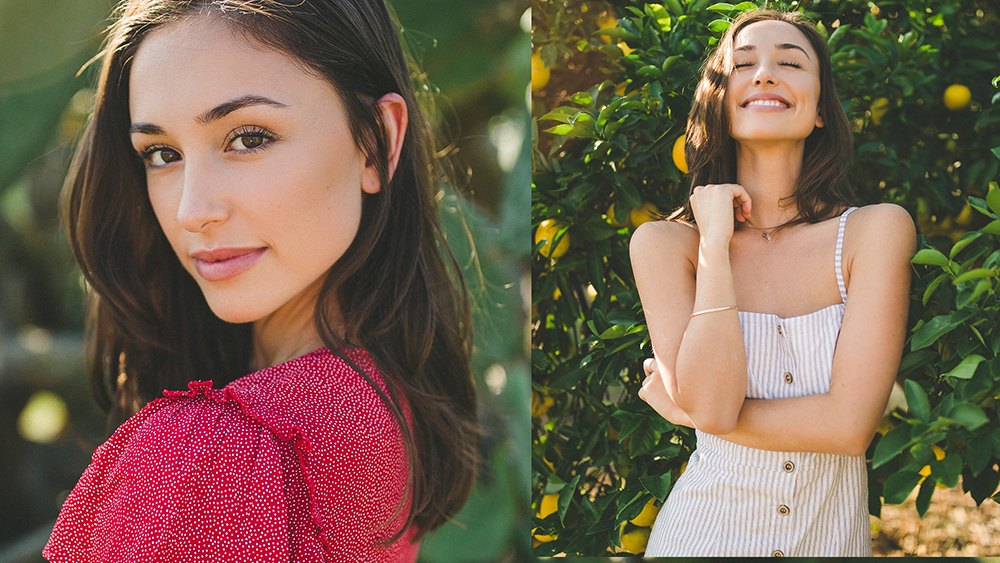 Photo by Canon 80D
Photo by Canon 80D
The lens practically does not have distortions. The F/1.4 aperture is fully functional and you may get a really sharp picture. With covered aperture, the lens is impressively sharp. Sigma 35 mm 1:1.4 DG A creates an image with great contrast and has a pleasant bokeh. So, if you ask me about the best lens for Canon 80D used in portrait photography, I will definitely recommend this one.
Top 10 Lenses for Canon 80D
| Image | Lense | Features | |
|---|---|---|---|
 |
Canon 15-85mm f/3.5-5.6
OUR CHOICE |
Check Price | |
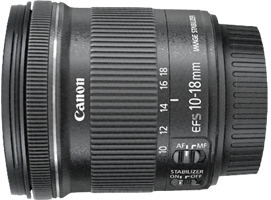 |
Canon 10-18mm f/4-5.6
|
Check Price | |
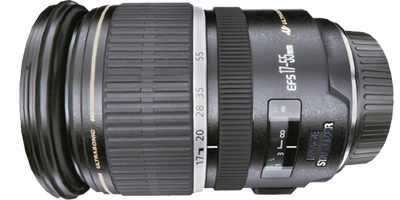 |
Canon 17-55mm f/2.8
|
Check Price | |
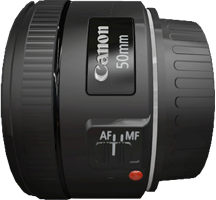 |
Canon EF 50mm f/1.8
FOR PORTRAIT |
Check Price | |
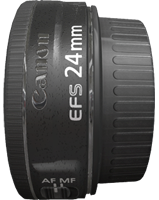 |
Canon 24mm f/2.8
|
Check Price | |
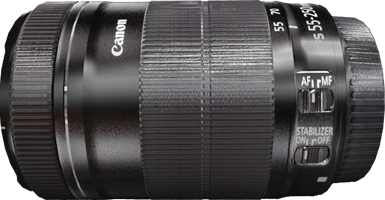 |
Canon 55-250mm f/4-5.6
MIRRORLESS |
Check Price | |
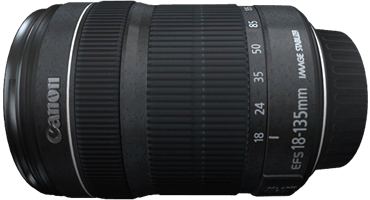 |
Canon 18-135mm f/3.5-5.6
BEST ZOOM |
Check Price | |
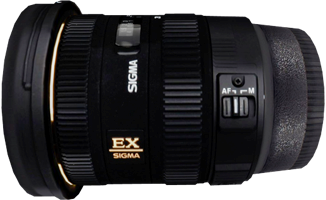 |
Sigma 10-20mm f/3.5
FOR LANDSCAPE |
Check Price | |
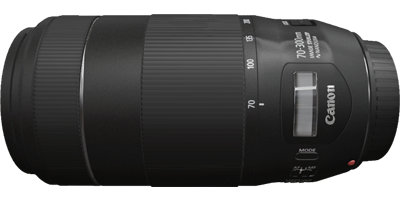 |
Canon 70-300mm f/4-5.6
|
Check Price | |
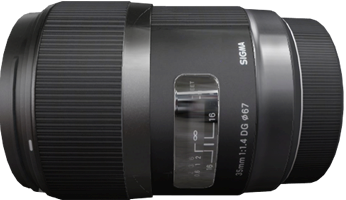 |
Sigma 35mm f/1.4
FOR Street |
Check Price |
How to Choose the Best Lens for Canon 80D?
Everyone will agree that shooters have different reasons for choosing the 80D. But in general, experienced photographers, as well as amateurs, pay attention to such features as 24.2-megapixel APS-C sensor, the DIGIC 6 processor or HD video capability. As for me, I like Canon 80D for its Articulating Touch Screen Monitor and a great 45 cross-type multi-mode autofocus system. To my mind, choosing the best lens for 80D is not easy too.
Autofocus: USM, STM and Nano USM
USM ‒ fast and accurate for photography, but not suitable for video recording STM ‒ fairly new development considering smooth and silent video focus
Nano USM ‒ a new Canon focus motor combining the best qualities of the abovementioned ones. It is fast while taking pictures and quite smooth and silent for video.
Crop Factor
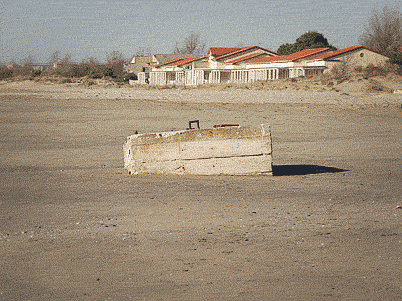
Such Canon APS-C cameras as 80D offer a 1.6x crop factor. It means that a 50mm lens will function as an 80mm lens would do on a 35mm camera. There is no need to get to the bottom of the history of the crop factor since the only thing that matters is that lens’ focal lengths are described using 35 mm film as the reference point. So, in order to determine the equivalent of the image sensor of Canon APS-C cameras, you are to multiply the focal length of the 35 mm lens by 1.6 since these cameras have a 1.6 crop factor.
Video Shooting
I recommend video shooters to use 18-135mm Nano USM lenses (look through the information about autofocus above) and those ones including “STM” marking. They offer autofocus for video and show great results together with the advanced 45-point cross-type autofocus system.
Outside Lenses

The number of outside manufacturers, such as Sigma, Tamron and Tokina, produce lenses compatible with such Canon APS-C cameras as 80D. In general, these lenses for Canon 80D are usually cheaper than Canon analogs. It is one of the main benefits that contribute to sales, but they are often worse in terms of optics quality.
Full-Frame Lenses

Canon offers 2 types of lenses suitable for its DSLR cameras: EF-S (you can attach them to crop sensor devices only) and EF (perfect fit for crop sensor and full frame models). If you use the Canon 80D, you can choose both lens types.
However, mind that you’ll need to spend more money if you decide to buy EF lenses (cost more because of full-frame capabilities). EF-S lenses look more attractive in terms of pricing, but once you decide to upgrade, there will surely arise compatibility issues.
Above you can find the list featuring lenses of both types. Remember that EF lenses, as well as EF-S ones, have a 1.6x crop factor on the 80D.
